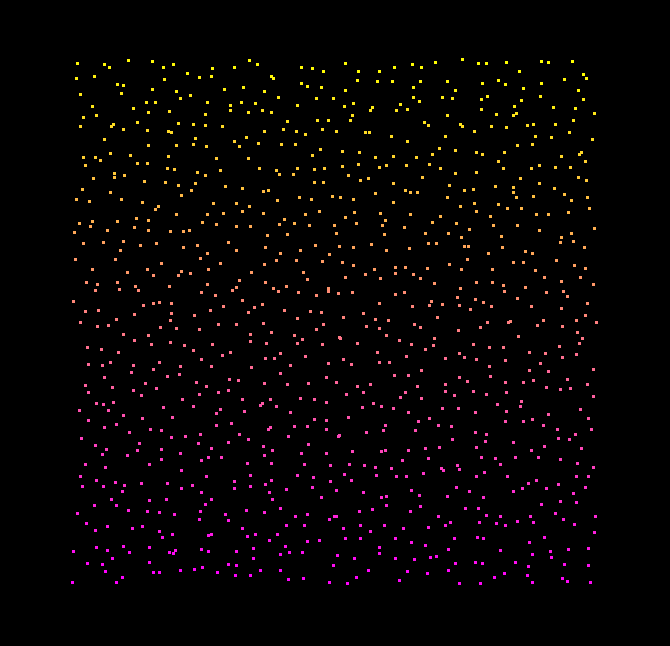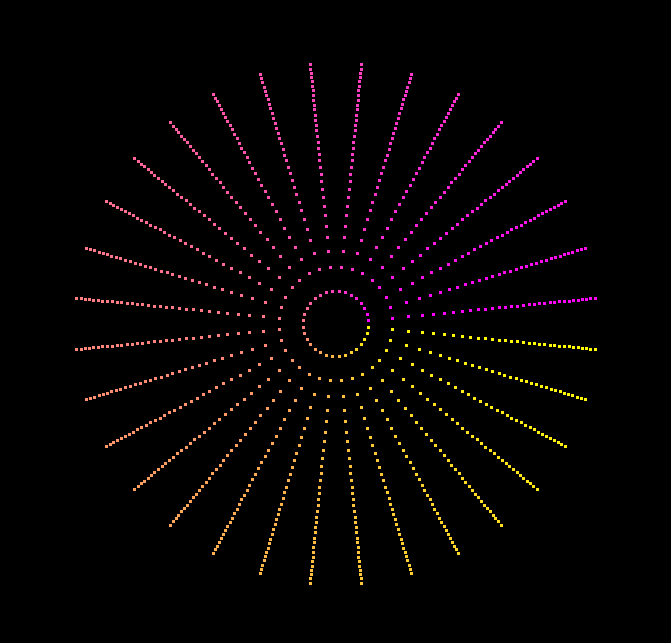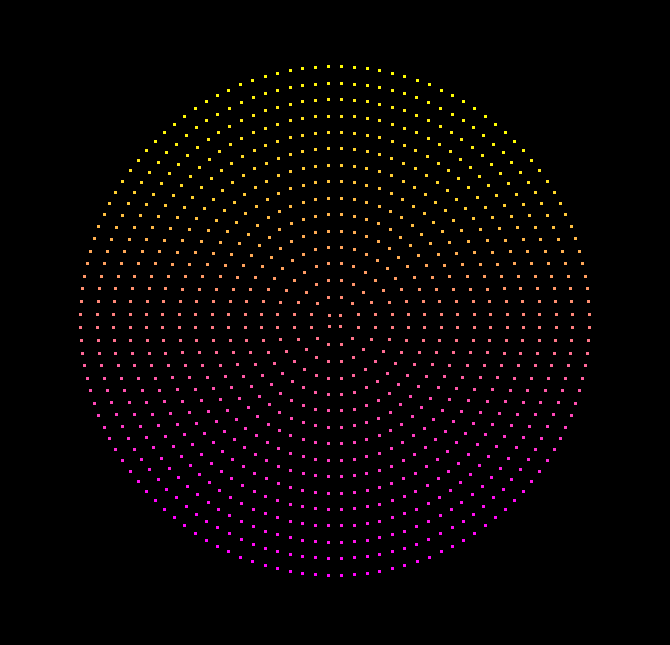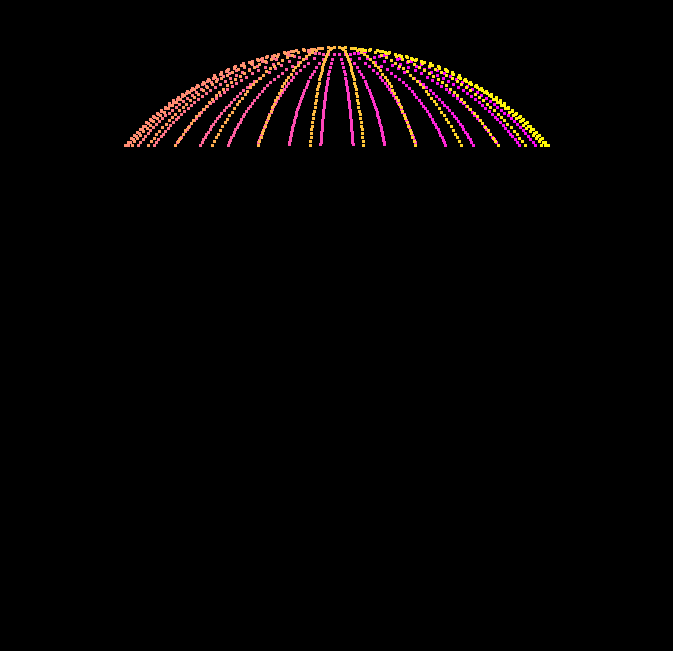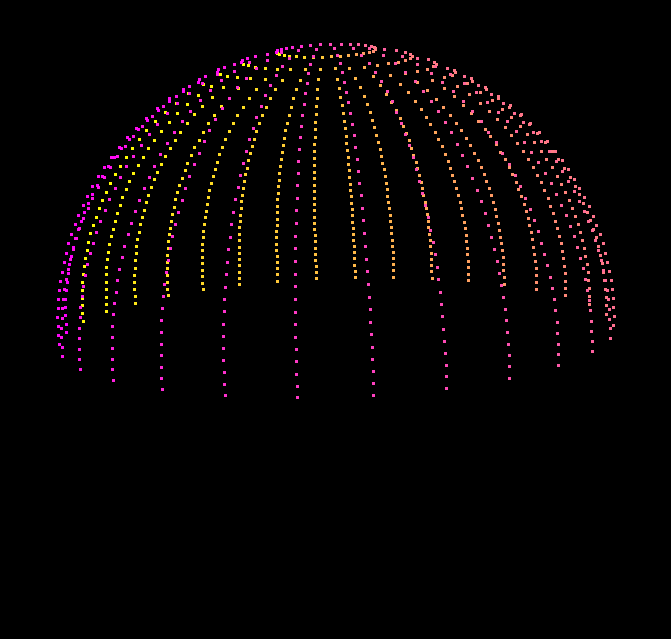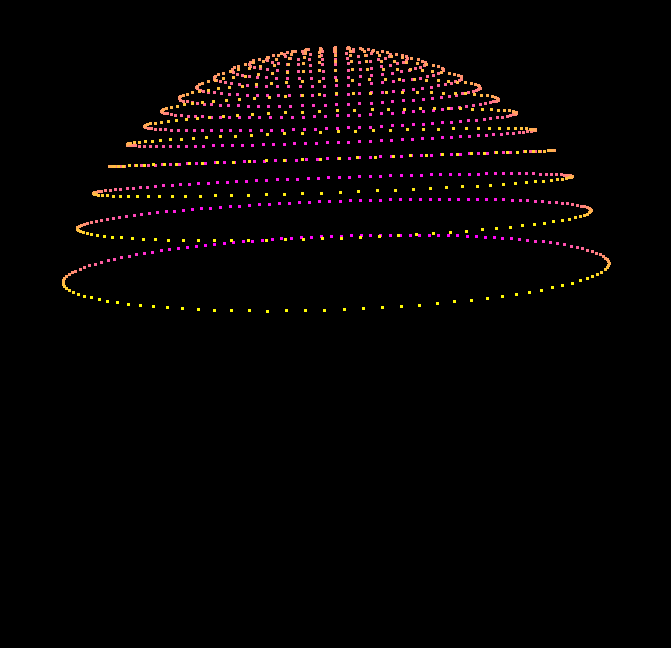University of Pennsylvania, CIS 561: Advanced Computer Graphics, Homework 3
You will implement a collection of functions in order to generate sample points on the surfaces of objects, which will help you to implement the beginning of your path tracer next week. Sampling the surfaces of different shapes is very important in a path tracer; not only does one have to cast rays in random directions within a hemisphere, but if one wants to sample rays to area lights, one needs to sample points on the surfaces of these lights.
Please note that this assignment is, unfortunately, rather fill-in-the-blank. Its purpose is to help you test your sampling and probability functions, as these will form the basis of your path tracer next week. Please take the time you would have otherwise spent debugging your code to read the textbook, especially the chapters we have listed below.
We highly recommend you refer to the textbook when implementing this homework assignment. Chapter 7 and Chapter 13 of PBRT in particular are quite relevant.
In sampler.cpp, you will find a function called generateSamples. In this
function, fill out the switch statement cases for generating grid-aligned
samples and stratified samples. Each of the samples generated should fall within
the range [0, 1) on the X and Y axes. You may refer to the method used to
generate purely random samples to see how to use the provided rng32 random
number generator. The PCG web site goes into
detail as to why the RNG32 is a superior random number generator to, say,
std::rand().
In warpfunctions.cpp, you will find a collection of functions that throw
runtime exceptions:
squareToDiskUniformsquareToDiskConcentricsquareToSphereUniformsquareToSphereCapUniformsquareToHemisphereUniformsquareToHemisphereCosine
Replace the runtime exceptions with code that takes the input square sample and
warps it to the surface of the shape indicated by the function name. For the
disk warp functions, there are two implementations. For
squareToDiskUniform, implement a "polar" mapping where one square axis maps
to a disc radius and the other axis maps to an angle on the disc. For
squareToDiskConcentric, implement Peter Shirley's warping method
that better preserves relative sample distances.
Likewise, there are two implementations for hemisphere sampling. Unlike the disc
sampling functions, these methods are meant to have very different distributions
of samples. For squareToHemisphereUniform, you must distribute all square
samples uniformly across the hemisphere surface. For squareToHemisphereCosine,
you must bias the warped samples toward the pole of the hemisphere and away from
the base.
If you refer to utils.h, you will find some useful values defined, such as
INV_PI, which make your computations slightly faster.
As you implemented the warping functions above, you likely noticed additional
functions with the suffix PDF. You must implement these functions so that they
return the result of the probability density function associated with each
warping method, using the sample point as input to the PDF. Note that most of
the PDFs will return a constant value regardless of the input point, but some
of them are dependent on it. Once you have implemented all of the sample
warping functions, you can test your PDF implementations by pressing the button
at the bottom of the GUI. Each of your PDFs should evaluate to approximately
1.0, by definition.
PBRT does not explicitly explain how to constrain warped samples to a subsection of a sphere, so we'll give you a hint: consider the formula for the Z coordinate of a point on a sphere, and consider how to shrink its possible range based on some angle theta between 0 and 180 degrees.
Below are images of the images you should expect to generate using 1024 samples and, unless otherwise noted, grid sampling. Some of the images have had their camera moved for better illustration of point distribution.
Grid Sampling
Stratified Sampling
Disc Warping (Uniform)
Disc Warping (Concentric)
Sphere
Sphere Cap (150 degrees)
Hemisphere (Uniform)
Hemisphere (Cosine Weighted)
Along with your project code, make sure that you fill out this README.md file
with your name and PennKey.
Rather than uploading a zip file to Canvas, you will simply submit a link to the committed version of your code you wish us to grade. If you click on the Commits tab of your repository on Github, you will be brought to a list of commits you've made. Simply click on the one you wish for us to grade, then copy and paste the URL of the page into the Canvas submission form.

